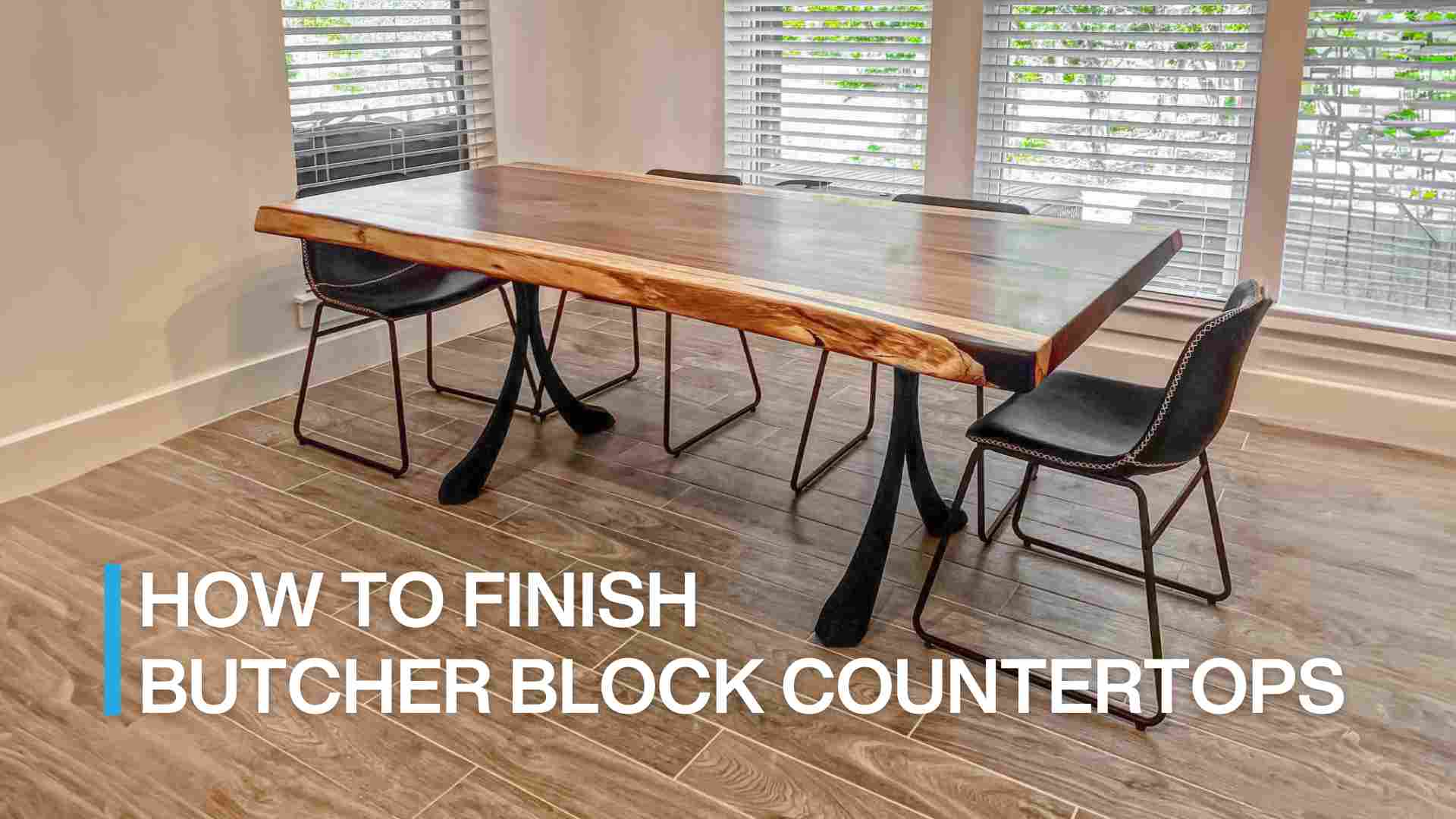How to Finish Butcher Block Countertops: A Ultimate Guide
Original article: https://flowyline.com/blogs/for-diy-ers/how-to-finish-butcher-block-countertops
"How to finish butcher block countertops?" is a question many people are interested in when using butcher block countertops for the kitchen. Finishing them gives a more beautiful appearance and enhances durability. This guide takes you through the process of transforming your raw butcher block countertops into a beautiful surface, from sanding to the final finish.

Butcher block countertops are typically made from hardwood and are used in kitchens
Credit: ©Bogdan Sonjachnyj on Canva
The Importance of Finishing Butcher Block Countertops
- Enhance appearance: A finish can highlight the natural beauty of the wood grain. Depending on the chosen finish, you can even achieve a slight sheen or a more matte look, making it completely different and more beautiful than the original version.
- Ensuring sanitation: Unfinished wood can harbor bacteria in cracks. A proper finish helps create a smoother surface, looks more beautiful, and is easier to clean and sanitize.
- Enhanced longevity: Unfinished wood is susceptible to water damage, staining, and warping. A good finish creates a barrier, repelling liquids and preventing them from seeping into the wood, helping to protect the wood layer better.
How to Finish Butcher Block Countertops
Step 1: Sanding

Sanding to achieve a smooth wood surface
Credit: ©SERSON on Canva
Sanding is flattening to achieve a smooth and even wood surface, ready for a smoother staining step and to help create a more finished appearance. You need to prepare a few things such as sandpaper (80-120 grit, 220-300 grit) or a sanding disc, and clean rags.
Instructions for sanding butcher block countertops:
- Scrape food deposits with a plastic or metal scraper, and be careful to avoid digging into the surface
- Use coarse-grit sandpaper or coarse sanding discs (80-120 grit) to remove any imperfections or unevenness by sanding with the grain of the wood
- Gradually progress to finer sandpaper (220-300 grit) for a smoother surface
- Don't forget the hemmed edges
- Wipe away dust with a clean, damp rag


Comments
Post a Comment